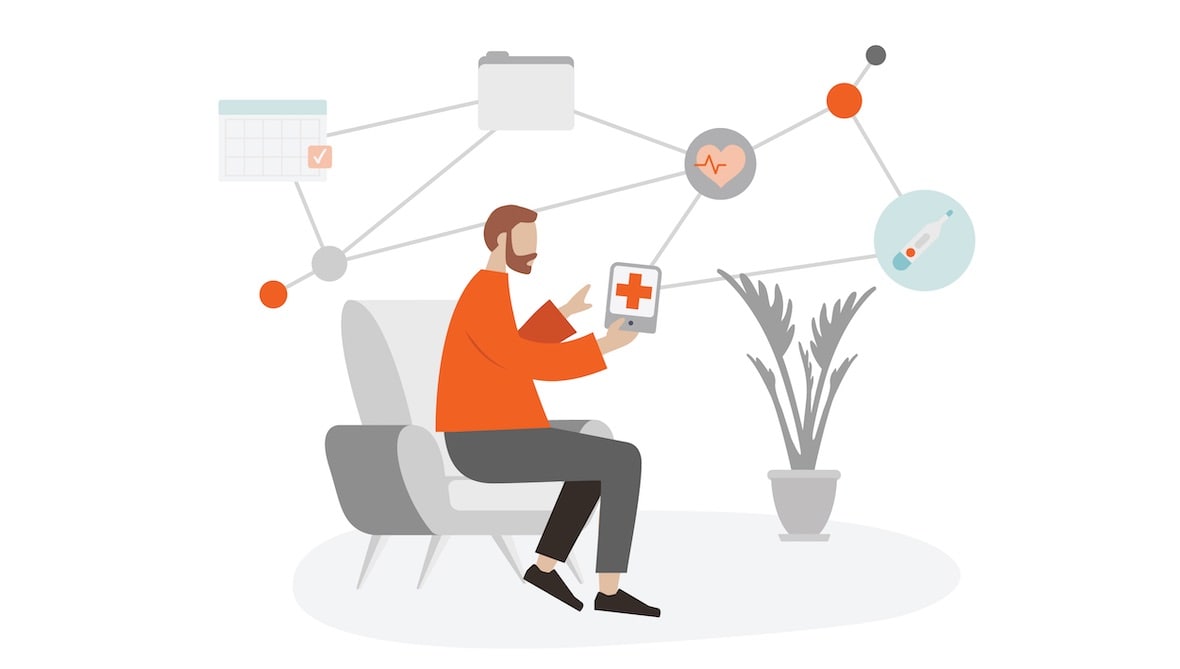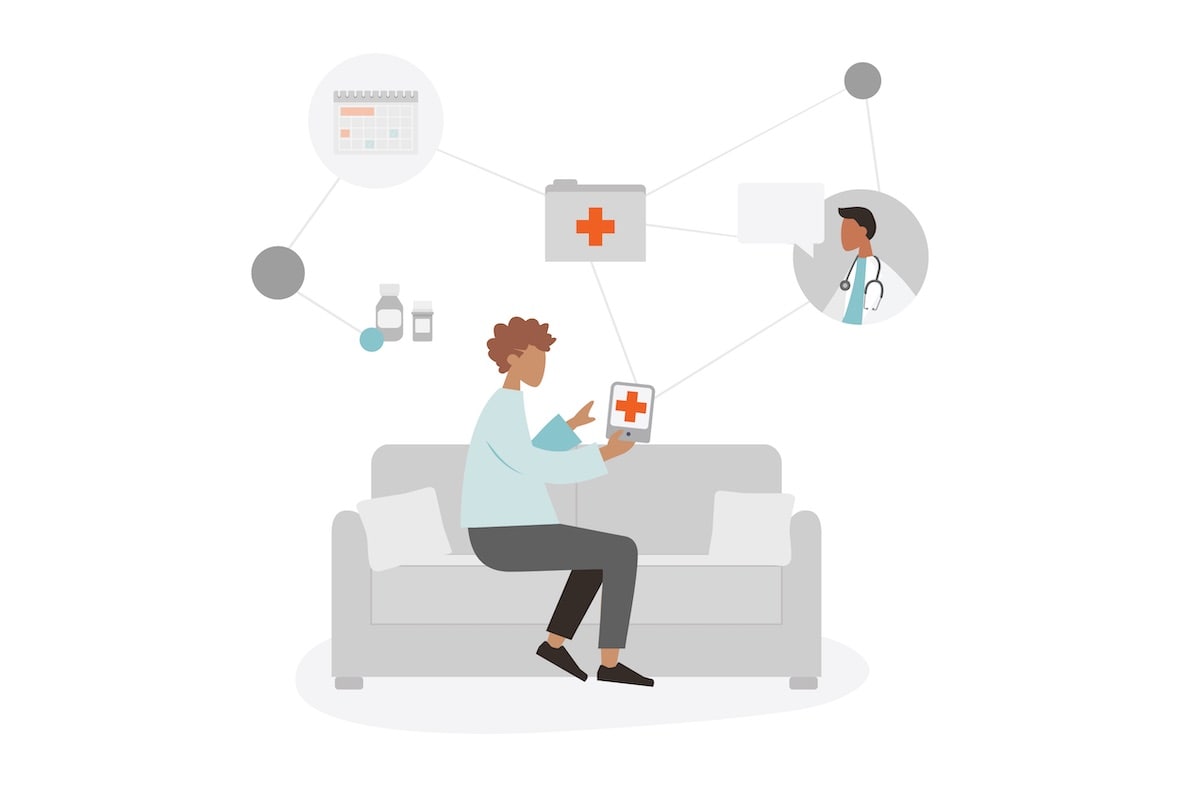At present, to access healthcare services, you need to make an appointment with your doctor, wait some time for that appointment, then have the necessary tests and reports, another appointment, and then wait again for a referral to another healthcare provider, and so on. In addition to managing your own health, you may also need to take care of dependents which makes the process a juggling act and even challenging to navigate.
Let’s take a look at an example of a story that could be you or any one of your patients or their caregivers, to help get a better understanding of how the current healthcare system is fragmented, difficult to navigate and fraught at every turn.
Introducing Rachel
Until the birth of her two children, Rachel had fairly minimal interactions with the health system. Rachel’s son, Jordan, was born with severe allergies, and with her daughter, Lily, at daycare – as any of us with young children know – they catch any bug circulating. Also Rachel’s mother, Julia, who was once relatively healthy, has recently been diagnosed with osteoarthritis and is needing more support.
As Julia is unable to drive, Rachel is now regularly having to take time off work to transport her mother to doctors’ and physiotherapy appointments. She calls her every day to make sure she remembers to take her medications, and she organises all of Julia’s repeat prescriptions through the GP and the local pharmacy.
Along with caring for Julia, Jordan has a tendency to break out in rashes or experience severe symptoms caused by his allergies. This means Rachel often spends several hours in the emergency waiting room with Jordan while caring for an agitated Lily.
Rachel needs a healthcare system that works for her
Recently, Lily fell ill with a very high fever and Rachel was unsure on whether she should book her in with a GP or take her straight to the emergency room. She feels overwhelmed, and doesn’t know how she can continue to manage everyone’s different appointments, remember when to give their medications, monitor symptoms, take time off work, and pay the mounting appointment and medications bills.
On top of this, Rachel has her own health to manage, including fulfilling her low supply of antidepressant medication which she has recently been prescribed. Rachel feels that life is getting harder – not any easier and is worried for their future. Rachel is wondering why there is no solution to help her manage everyone’s healthcare needs. Rachel needs a place to turn where she can access trusted health knowledge and information, plus help her manage their health and medical interactions.
What if technology could change this?
The good news is technology can help Rachel. Consumer engagement tools like digital front doors are changing the way healthcare is provided and received, helping people make informed decisions to improve their health and wellbeing and that of their family.
A digital front door solution provides a single hub through which all interactions can occur, for example electronic referrals, symptom assessment, virtual care and remote monitoring. It will not only be an enabler but also empower consumers to freely interact with the health system effectively and efficiently – at a time and place that is convenient to their needs.
The healthcare digital front door promises to be digital health’s next big transformation, and a valuable tool in the journey to radically improving the healthcare experience for us all.
Read more about Digital health’s next big transformation: The shift to healthcare, anywhere in our whitepaper.
Read the next blog where we will discuss in more detail how a digital front door can optimise the healthcare journey, specifically for Rachel.



